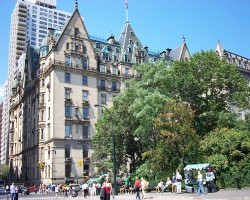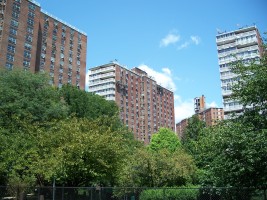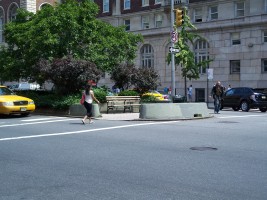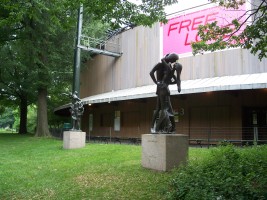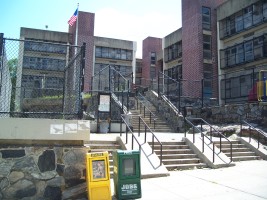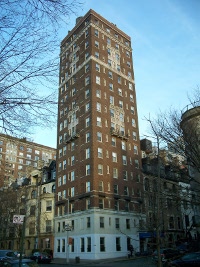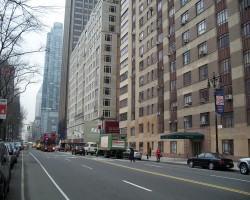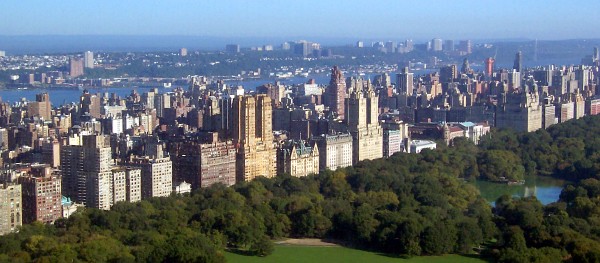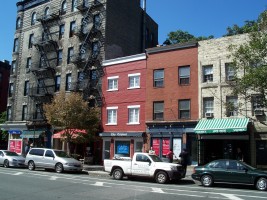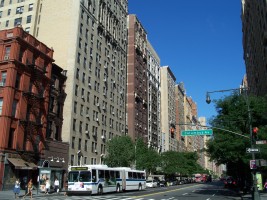Jane Jacobs and the Upper West Side
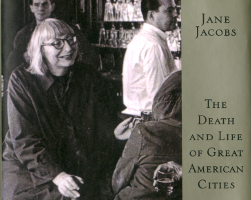
At numerous points in her seminal work, The Death and Life of Great American Cities, Jane Jacobs refers to Manhattan's Upper West Side (UWS) as a "failed" neighborhood. She then proceeds to explain this failure in terms of the area's physical layout, historic changes to the area, and misguided post-WWII efforts to "renew" the area.
However, in the four decades after Death and Life, the UWS underwent a dramatic revival that rebuked some of Jacobs' observations while simultaneously demonstrating Jacobs' criteria for becoming "successful" in ways that she might not have anticipated.
This essay describes the history that lead to the "failed" neighborhood of Jacobs' time and the subsequent events that transformed the neighborhood into one of New York City's most expensive residential areas.
